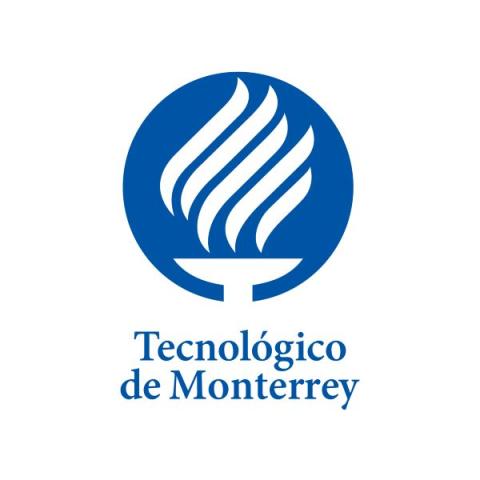
From planning to delivering lessons: getting the basics right
We are all more than aware of the significant effort required to plan and deliver online courses. It’s important to have specific guidelines that facilitate the entire teaching-learning process and better to carry out planning before the start of the course when it can involve a full teaching team. This way, you can better assign and execute tasks, which will positively influence the course for all involved.
The planning stage should be highly detailed, which should help create fewer setbacks during the delivery of courses, especially online courses that are, to some extent, self-managed by students. Here are some recommendations for what you should include in the course planning stage:
Topics to be covered: identify the course topics, particularly those that students may find difficult, and develop resources and activities that can help to explain complex concepts, such as quick quizzes, short explanatory videos and infographics. The following tools can be useful here: Quizizz, Wordwall, Slido, Clipchamp, Screencast-O-Matic, Icecream Apps, Canva or Piktochart.
Ascertain competences: identify the competences to be developed in the course and confirm that the course activities align with them.
Review activities: once it’s clear what’s to be achieved via the course, confirm that the design of the activities is adequate and, if not, redesign elements to comply with the pedagogical resources of the course. It’s crucial here to be rigorous and not just presume that these will match up.
Communication with the teaching team: the teaching team involved in the course should agree on how they will manage the course and communication channels, the frequency of meetings and policies regarding grades. The usual communication tools such as WhatsApp, Remind, Zoom or Teams can be used for this purpose.
Assignment of tasks: develop a board, in tools such as Monday or Trello, to track the activities that the teaching team must carry out weekly during the course. These tools will help you treat the course planning as if it were a project, and I recommend creating three columns to identify the stages of each activity: pending; processing; and completed.
Once we have created the course plan, we can begin to focus on the elements that need to be considered during the teaching stage of the course. These are the ones I consider most relevant:
Faculty communication: start the course with a kick-off meeting to review final details, take questions and discuss before the start of classes. Relevant faculty should have at least one meeting (or at worst, an email) that goes over important notices and dates to be considered throughout the course.
Task management: follow up weekly on activities that need to be reviewed and approved by the teaching team using the board of activities created in the “assignment of tasks” stage. Update the pending, processing and completed columns accordingly.
Exceptions: if a student has a unique situation, the teaching team should be aware of the problem and agree on the solution to be provided.
Personalisation: it’s essential to remember that, despite having a defined framework, each teaching team has different ways of working, so specific changes can be made according to their preferences.
Adapting content: the teaching team should hold a meeting every month, or as often as deemed appropriate, to adjust content according to the needs that have been detected in the course. This might involve, for example, greater monitoring of students, scheduling more tutoring sessions or developing a new resource to support a given lesson.
Final feedback: run a survey at the end of the course in which students share their experiences and recommendations for future classes. The survey can be administered through Google Forms, Microsoft Forms or SurveyMonkey.
Continuous improvement: once the course is finished, the teaching team should have a final meeting to agree on the improvements that can be made in the subsequent course delivery.
Nelly Ramirez Vásquez is a tutor-professor of educational innovation and digital learning at Tecnológico de Monterrey, Mexico.
If you would like advice and insight from academics and university staff delivered direct to your inbox each week, sign up for the Campus newsletter.




